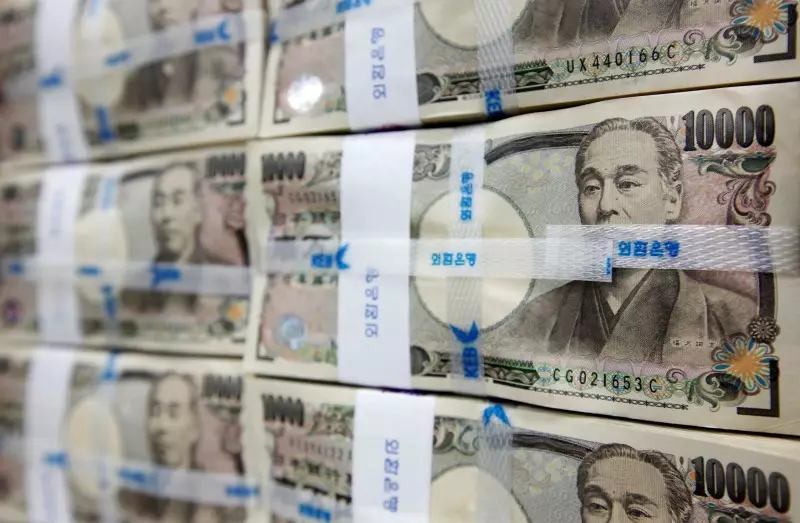In the ever-fluctuating realm of global finance, the performance of Asian currencies serves as a critical indicator of economic stability and investor sentiment. As of the latest reports, many currencies across Asia experienced downward pressure on a Friday marked by geopolitical tension and shifting monetary policies. Key players in this dynamic include the South Korean won, which has taken a significant hit due to ongoing political unrest, while the Japanese yen has shown resilience amid a backdrop of anticipated interest rate hikes.
Driving the current market dynamics is the robust performance of the U.S. dollar, which found support from the Federal Reserve’s cautious approach to monetary policy, projecting fewer rate cuts for the foreseeable future. The US Dollar Index, a gauge of the dollar’s strength against a basket of other currencies, nudged higher, hovering near its highest levels in two years. As investors parse through the Fed’s statements, the underlying sentiment suggests a strong dollar could persist, putting additional strain on other Asian currencies. The implications of a strengthened dollar are far-reaching, often leading to capital flight from emerging markets and tighter financial conditions for countries reliant on foreign investment.
Amidst the challenges facing other currencies, the Japanese yen reported slight gains against the U.S. dollar. This uptick can be attributed to a recent consumer price index (CPI) report from Tokyo that indicated inflation pressures were more pronounced than previously anticipated. The implications of rising consumer prices have potential ramifications for the Bank of Japan (BoJ), which is contemplating a potential shift in its long-standing ultra-loose monetary policy. A growing consensus among some policymakers signals that a rate hike could be on the horizon, signaling a departure from years of deflationary tactics, aligning with global trends towards tighter monetary policies.
While the Japanese yen finds itself amidst a potential turnaround, the Indian rupee has faced relentless pressure, recently falling to record lows against the dollar. This decline in value is exacerbated by disappointing economic indicators and increased trade deficits. The USD/INR pair recorded an increase, reflecting a broader trend of depreciation affecting the rupee. Similarly, the South Korean won is embroiled in a political crisis that compounds its economic woes. With political uncertainty looming over Prime Minister Han Duck-soo due to an impending impeachment vote, investor confidence has been shaken, evidenced by the won’s substantial weekly losses.
Conversely, the performance of the Chinese yuan remained relatively stable, with minimal fluctuations against the dollar. Chinese industrial profits showed signs of contracting at a slower pace, providing a semblance of stability amidst lingering worries about domestic demand. However, the moderation in industrial profit declines points to ongoing struggles in China’s recovery from economic slowdowns, highlighting the challenges faced in bolstering both domestic and foreign investments.
Underlying the movements in currency value is a backdrop of geopolitical tension and uncertainty, particularly in the Koreas. South Korea’s political situation, influenced by controversial actions from the president, influences not only investor sentiment domestically but also externally amid scrutiny from global allies. Such political strife can destabilize investor confidence, leading to increased volatility in South Korea’s currency exchange rates. This situation serves as a stark reminder of how intertwined economic stability is with the political climate.
Looking Ahead: Key Indicators to Watch
As we move further into 2025, all eyes will be on central banks and their response to evolving economic conditions. Currencies in Asia will remain sensitive to U.S. monetary policy adjustments and the global economic environment. The ongoing debates within the BoJ regarding interest rates could send ripples through the markets, affecting not only local economies but international trade dynamics as well. Investors and analysts will need to remain vigilant, as the interplay between politics, monetary policy, and economic indicators will undoubtedly shape the region’s financial future.
While some Asian currencies face headwinds due to external and internal pressures, others, like the yen, may experience a turnaround depending on forthcoming monetary policy decisions. The complexity of these interrelationships underscores the necessity for astute observation of both economic trends and geopolitical climates in the Asian currency markets.

